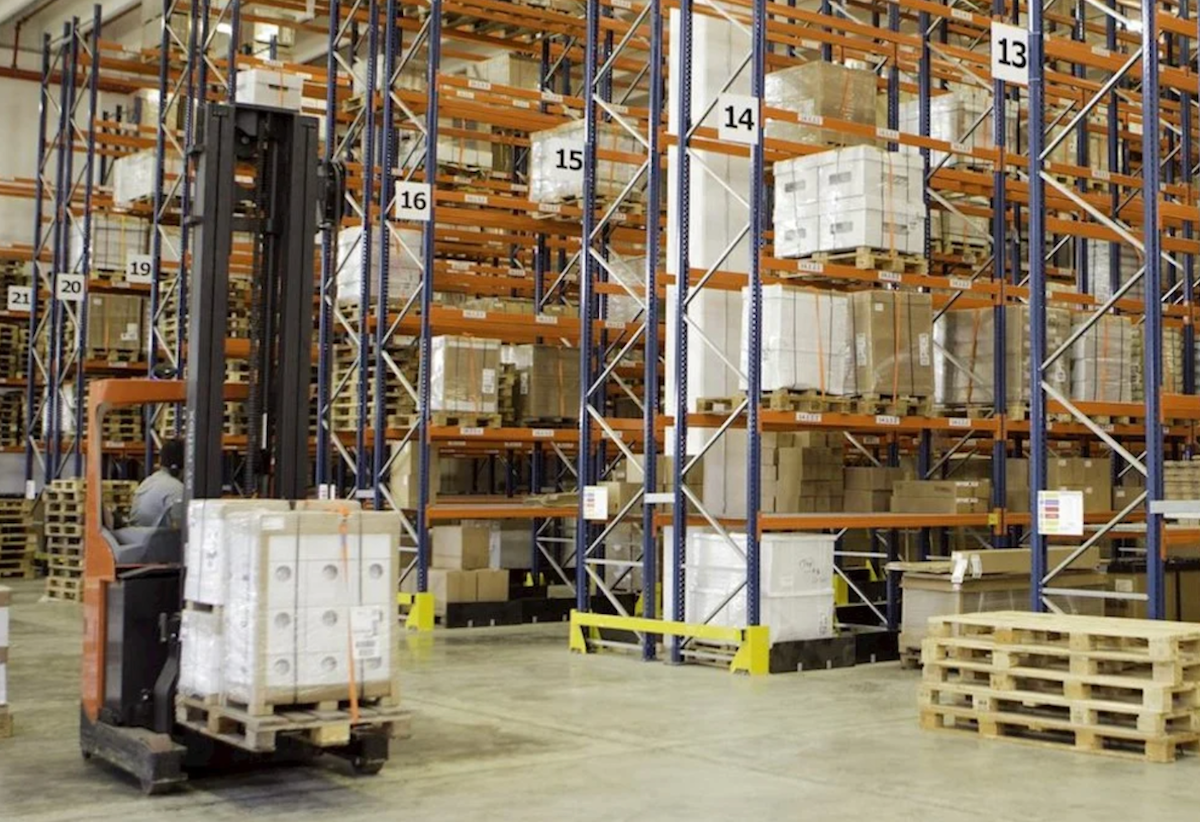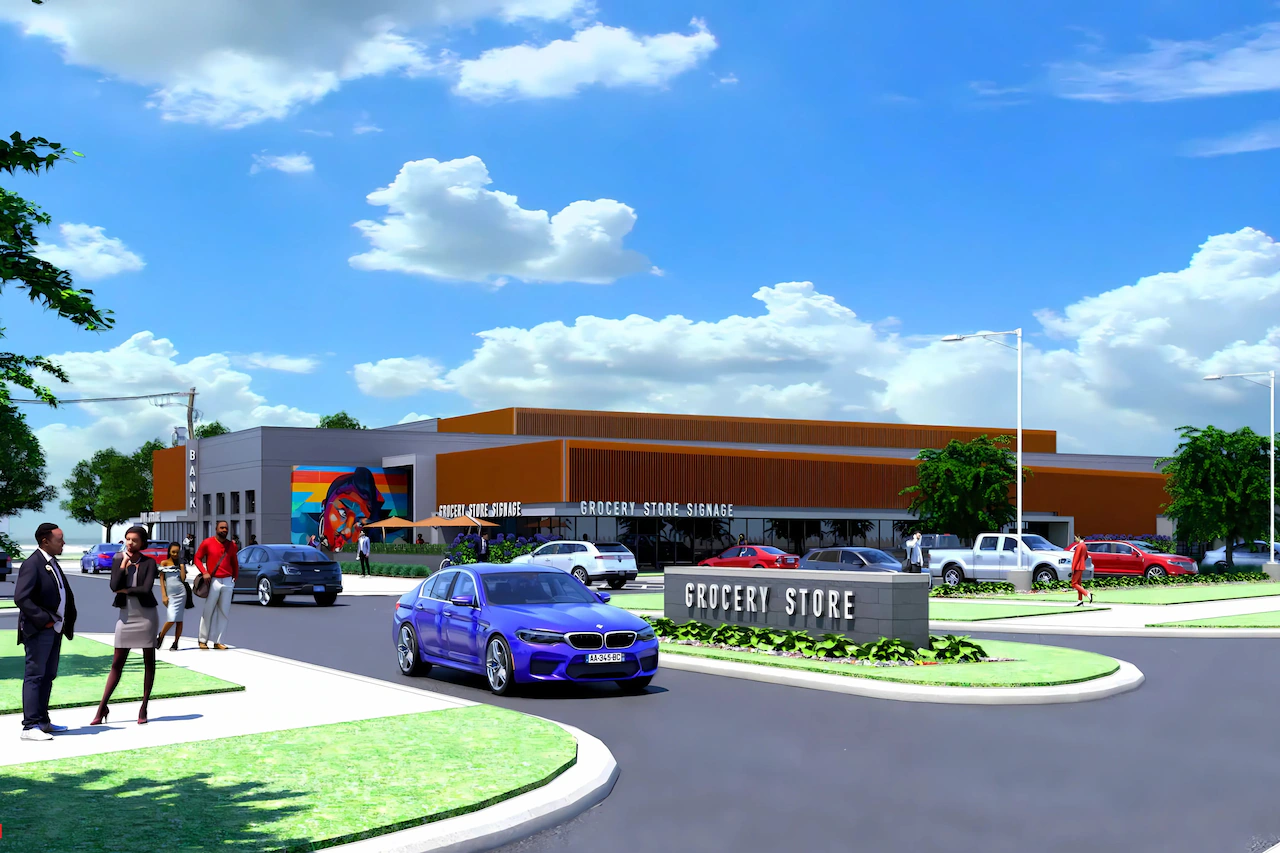Copyright FreightWaves

It’s been almost two decades since Britain’s P&O agreed to sell its U.S. container terminal operations to DP World of Dubai, touching off a firestorm over national security. After Congress voted to block the sale, P&O eventually sold to American International Group. Today, those terminals are operated by Ports America, the largest U.S. marine terminal operator, which itself is wholly-owned by Canadian pension funds. DP World, among the world’s five largest maritime operators with assets in 78 countries, has yet to make another overture to U.S. ports. But that hasn’t stopped it from building network operations in North America. In Canada, it operates the Vanterm and Centerm terminals at the Port of Vancouver, and is the sole operator at the fast-growing Port of Prince Rupert, also in British Columbia, where its Fairview Container Terminal has helped establish an alternative gateway for international container traffic moving from Asia into the United States via rail on Canadian National. In September, the Montreal Port Authority and Canadian arm of DP World announced an agreement to develop a new container terminal at the Port of Montreal that will add 1.15 million twenty foot equivalent units (TEUs) to the port’s annual handling capacity. The company, which is controlled by the government of Dubai and its royal family, doesn’t break out detailed financial information by location. But it did say that the Americas region made a substantial contribution to global revenue of $11.24 billion in the first half of 2025, up 20% year-on-year. Meanwhile, DP World has continued to build up its U.S. logistics presence with services such as forwarding, contract logistics, warehousing, and multimodal transport solutions based out of facilities in four locations: Miami, Middletown, Pa., Perris, Calif., and Olive Branch, Miss., with offices in a total of 13 cities. It operates two other North American facilities in Brampton, Ontario and Queretaro, Mexico. In toto, that means DP World can offer multidimensional solutions for a range of situations across three borders. “We have some technology customers who, with just changes in the [trade] environment and changes in how they flow their business, have come to us and said, ‘Here’s some of the things that have happened,’”said Clark. “So, we’ve been able to reroute and be able to find deliveries because what you’ve seen is swells up and down in the supply chain. When those types of things happen, we’ve been able to say, ‘Here’s what we have. Here’s alternatives.’ And an example would be if you’re bringing products in through the west coast of the Americas. “We have direct access through Prince Rupert and Vancouver, and the rail network that can bring products in. It gets to the market faster in the [U.S.] midwest and can get us to the northeast very fast. When those swells happen, we have capabilities that a lot of providers don’t that enable us to create solutions for customers.” Clark said he has seen some of the same supply chain surges out of Mexico. “Mexico is a very strong market in logistics and manufacturing. As part of the agreements that are already in place, we still see a lot of trade happening. The challenges are similar: How do we help customers move their products in a timely manner, whether it be during a change in regulatory requirements, or a change in manufacturing? There’s a lot of variables that play into this.” The solutions extend throughout the Americas. “We’ve been able to adapt using our freight forwarding networks, our contract logistics networks, and even our ports and terminals networks in Central and South America and Canada, to be able to navigate some of the changes.” The global trade reset being engineered by the Trump administration has led to reconfigured trade flows, Clark said, and has shippers looking for logistics providers who offer diverse services across a wide geographic footprint where near-shoring has grown in importance. “We have different options for them, whether it be in our Canadian ports or even in the Dominican Republic,” said Clark. “We have a very large capability there with a port and terminal with warehousing, and value-added services such as labeling and consolidation, all in a free trade zone.” Clark said DP World also has refined its approach to digitization and artificial intelligence. “We’re looking for technology as a differentiator,” Clark said. “But with the changes and the shifts, we’re really looking at how we can use AI and predictability to help manage and ‘level load’ some of the shifts in volume, and be more predictive. Shipping rates and things like that that we can use to get with our customers and say, ‘Here’s where we’re predicting the market to be, and here’s how we think we can get you competitive pricing for some of these supply chain swells.” But there’s a rush within the stampede to improve services when it comes to AI. “It’s a race against these [AI] companies,” Clark said. “Who can do it the fastest? Who can do it the best? And who can do it putting themselves out there with all the different AI options. And that’s just really about data and flow and churn, whether it be on the infrastructure or in how they built it.” How and where to apply the data flow and decision-making is leading the company to carefully gauge warehouse investment, where automation will improve freight flows. “In our ports and terminals, and in warehousing or forwarding, how do we find that solution that balances that?” Clark said. “If I’m looking at a warehouse, for example, how much automation infrastructure are we going to put in, whether it be sorting tools, picking tools, or to eliminate some of the travel and distance, that helps us speed up the process to be able to deliver and be able to give them later delivery time so they can drop orders later in the day? We’ve looked at different types of technology, different types of automation to be able to provide those customer solutions.” Clark added that automation also weighs on flexibility and resiliency. “Let’s just say there is a challenge in getting inbound products. Well, the delivery to the customer time doesn’t change for our customer. They’ve already made commitments. So, we’re looking at how we make the right type of choices in those areas, to drive delivery times with a very short, or even shrunken, delivery window.” As for its plans in the U.S., Clark said DP World works with a concentration of high-tech customers as well as retail and automotive. “Obviously, automotive’s pretty set with the manufacturing area. We work a lot in those manufacturing facilities doing inbound logistics, final finished goods. I think the major shifts that you’ll see are more regionalized, quick to market, easy to speed.” Clark said the company is making investments in strategic areas to help customers ratchet up delivery velocity to end customers. “But around ports, around the [logistics] infrastructure, also around the regional areas of where product needs to be housed to get final delivery. Also returns, because that’s a big part of the business as well.” The demands of the vast logistics ecosystem also leads DP World to partner with specific providers, when necessary. “We do and we have a good network around transportation and final mile,” he said. “It varies by the type of customer we have and what their needs are. We are a strong player in the market ourselves for many capabilities, but there are areas where we want to work together.” Clark said in the case of a current customer “we’re working right now with bringing a third party in and saying, ‘we want to partner with you because we feel like from a capability perspective, we’re very strong here.’ They bring a capability, but we can end-to-end help you meet your needs at a better delivery and a lower cost with good quality.” Clark pointed to Maersk, which sits on both sides of DP World’s ledger. “Maersk is a great provider for us in our ports and terminals, they’re a customer of ours. But we also know that for us, the customer base depends on what the solution is, where they’re located, what they’re doing. In some areas, yes, there may be something where we’re working on a project that benefits from the capabilities of both organizations.” One industry sector that has undergone recent structural change is forwarding, led by the blockbuster acquisition in 2025 of Germany’s DB Schenker by DSV of Denmark. Since 2021 DP World proper has acquired Syncreon, a specialist in the automotive, technology and manufacturing sectors; forwarder CFR Rinkens and Cargo Services Far East. In 2020 its Unifeeder subsidiary acquired Transworld Feeders and Avana Logistek of India, expanding its feeder shipping and logistics portfolio. In a mostly organic growth strategy, in the past 18 months DP World U.S./Mexico has opened 18 forwarding offices in the U.S., and acquired Unique Logistics of New York. “That’s what’s neat about the global perspective,” Clark said. “No customer puts all their eggs in one basket to have options and business continuity. But what we see is where we’re located globally, they find us to be very appealing and very attractive because we’re able to meet some of their needs with our capabilities, whether it be in the forwarding side, what we can do by using our assets, imports, and terminals. And we have a massive contract logistics business that’s dedicated around automotive, high-tech, retail, the types of customers that are really needing solutions and speed to market, and that’s where we’re finding ourselves to be most competitive in driving solutions for our customers.” Clark says the pace of global change is creating a demand by customers for creative solutions to adapt change in compressed timeframes ranging from months to weeks. DP World has built and operates ‘pop-up warehouses’ – surge-like space in Mississippi and Miami the company owns and into which it can quickly bring in customers as it ramps up to meet demand. “Anything that’s coming north and south, we have the capability to do consolidation, to work through,” he said. “We’ve strategically been opening up these facilities, we really don’t see it as a wave. We see it as a continual program that we’re going to make investments in. In Olive Branch we’re going to be opening a secondary building because of the shifts in the supply chain. “As we see the demand build, we’ll go out and find a solution and start putting it together.” Find more articles by Stuart Chirls here. Related coverage: New e2open owner WiseTech rocked by police search tied to founder White DAT execs in two forums discuss how it seeks to reshape the freight sector State of Freight takeaways: some signs are pointing higher



